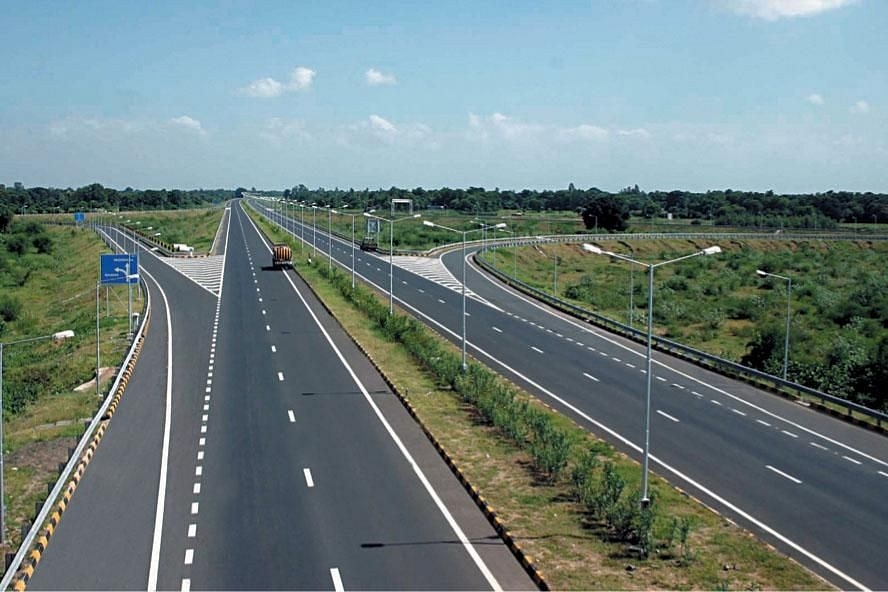
NHAI’s Maiden InvIT Offering: High-Powered Committee Set-Up To Formalise Management Structure, Hire Key Personnel
NHAI (National Highways Authority of India) (NHAI) has constituted a high-powered committee to formalise the investment management structure and key personnel of its proposed InvIT (Infrastructure Investment Trust).
In December 2019, the Union government approved the proposal of the Ministry of Road Transport and Highways authorising the NHAI to set up InvIT. The trust will enable the NHAI to monetise completed national highways with toll collection record of at least one year.
In January this year, the Union minister of Road Transport and Highways of India Nitin Gadkar had said that NHAI targets to mobilise ₹15,000-20,000 crore through its maiden Infrastructure Investment Trust ( InvIT) offering and eventually scale up this funding model based on the response received from the investors.
NHAI’s InvIT will be first time any government or semi government entity in the country will be setting up this type of investment instrument and hence would require a professional management structure for the investment manager.
In order to select the best talent from the market for appointment of two independent Directors and one Chairman for the Investment Manager Board, a search-cum-selection committee has been constituted by NHAI.
Dr Sukhbir Singh Sandhu, Chairman, NHAI will be the Convenor of the Committee and other members include Deepak Parekh, Chairman, Housing Development Finance Corporation, Girish Chandra Chaturvedi, Chairman, ICICI Bank and Sanjay Mitra, Ex-Secretary, Ministry of Road Transport & Highways.
The committee is entrusted to set up a competent entity of experts that can professionally run the Infrastructure Trust to mobilise resources from the market for monetizing completed highway projects of NHAI.
InvITs are instruments similiar to mutual funds and are designed to pool small sums of money from a number of investors to invest in assets that give cash flow over a period of time.
Besides, the infrastructure funds also aims to attract “patient capital to the Indian highway market” as these investors are averse to construction risk and interested in investment in assets that provide long-term stable returns.
NHAI currently addresses its funding requirement through ToT (toll-operate-transfer, partnering NIIF (National Investment and Infrastructure Fund), issuance of bonds to LIC and central budgetary allocations.
Through the InvIT route, NHAI will now now have an another funding route by mobilizing additional resources through capital markets to monetize its completed and operational National Highways projects. NHAI is expected to monetise projects that have a toll collection track record of atleast one year or were NHAI reserves the right to levy toll on the identified highway.
By monetising existing road infrastructure through InvIT route, NHAI can channelise new investments to greenfields projects like BharatmalaPariyojana, the flagship highway development programme of Government of India, that aims to develop 24,800 km of roads for a total investment of Rs. 5,35,000 crore.
InvIT is expected to help NHAI attract patient capital (for say 20-30 years) to the Indian highway market given that investors are averse to construction risk and are interested in investment in assets which provide long-term stable returns.
InvIT is highly likely to attract the interest of foreign investors especially pension funds, sovereign wealth funds and insurance companies. Regulatory framework build around InvITs offers corporate governance, stable long-term returns because of mandatory distribution rules, lower risks, high quality assets and tax benefits on income distributions.
In December 2019, Union finance minister Nirmala Sitharaman unveiled a ₹100 lakh crores National Infrastructure Pipeline (NIP) for the next five years. NIP distils the sectoral investment plans and outlines a specific mission to achieve through this investment. In the NIP, 19 per cent of the investments or over ₹19 lakh crores was earmarked to be channelised to road sector.
NIP sets a target to add 50 per cent total length to the existing National Highways, with 12x more Expressways constructed. Given that the Bharatmala project has already identified some ambitious projects, the target looks attainable.